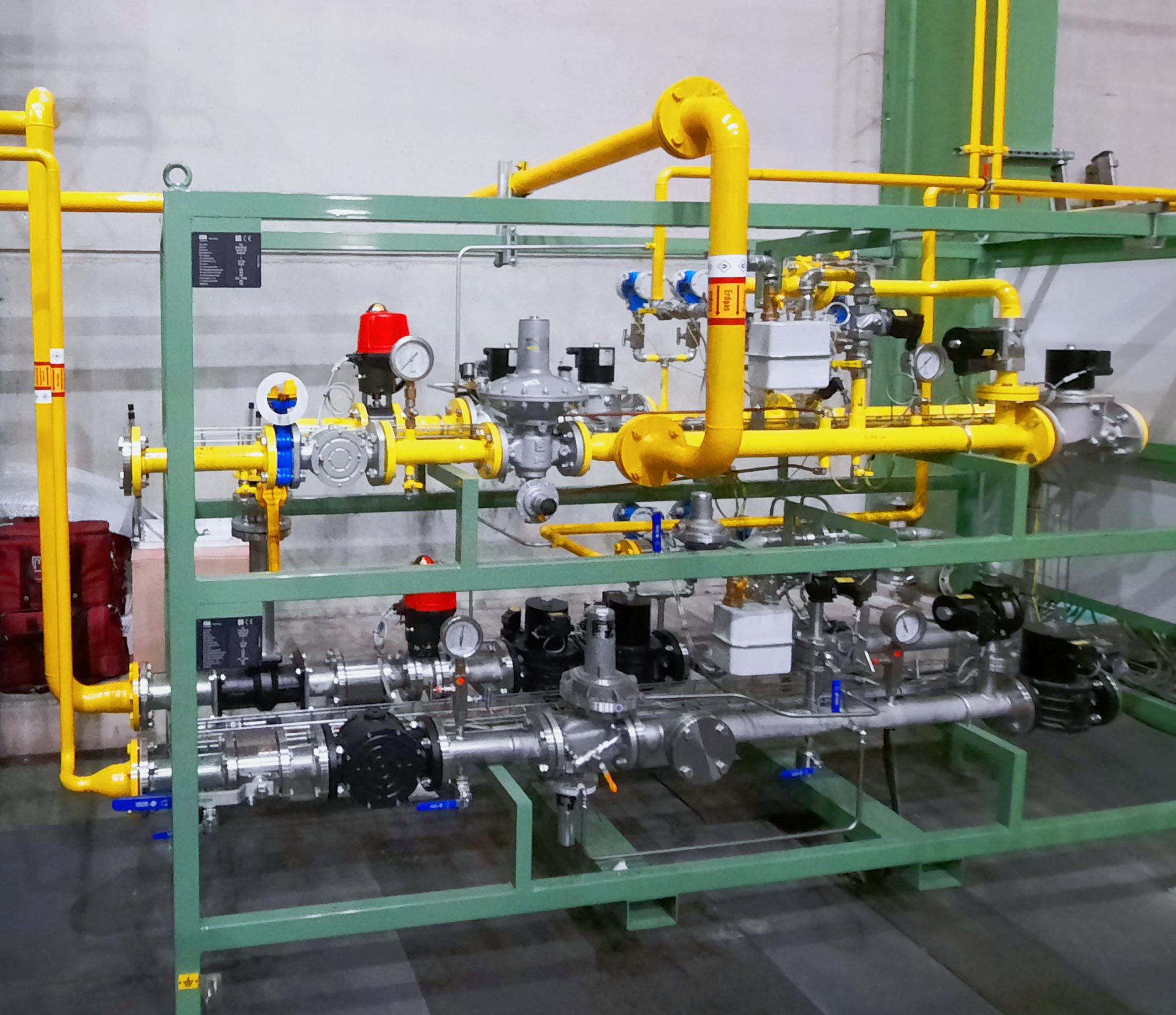
Tenova LOI Thermprocess, part of Tenova and one of the leading companies supplying industrial furnace systems for the heat treatment of metals, has again proven that CO2-neutral heat treatment can go together with low nitrogen oxide (NOx) emissions in a cooperation project with thyssenkrupp Hohenlimburg GmbH.
In bell-type annealing plants, which have so far been mainly operated with natural gas, precipitation and spheroidizing annealing of steel coils is carried out to specifically adjust the mechanical properties for subsequent rolling processes or the required product properties at the end customer.
At thyssenkrupp’s Hagen-Hohenlimburg site, Tenova LOI Thermprocess’s latest generation heating hoods with LOI’s patented Ultra low NOx HPH®-flameless concept has been proving its worth for around 12 years. By significantly increasing air preheating temperatures to 600°C, this innovative technology has led to energy and therefore CO2 savings of up to 12 percent.
In a campaign involving several annealing cycles, a further step has been taken toward decarbonizing steel production as part of the joint project. In production trials, the fuel gas supply for the heat treatment of hot-rolled narrow strip was gradually converted from natural gas to up to 100 percent hydrogen. For the first time in the world, 70 t of steel strip were heat-treated in a bell-type annealing plant with Tenova LOI’s HPH-flameless technology in a locally CO2-neutral process. The flameless concept demonstrates its advantages impressively here because despite the higher combustion temperature compared to natural gas and thus a tendency toward higher nitrogen oxide emissions, it results in remarkably low NOx emissions.
For the flexible delivery of natural gas/H2 mixtures, a specially developed mobile natural gas/hydrogen mixing station was used during the annealing process in order to assess the influence of increased hydrogen admixtures on the overall system. The increased hydrogen requirements for the annealing cycles due to the approximately one-third lower calorific value were supplied by a special trailer and fed directly into the pipework systems of the bell-type annealing plant.
It has been proven that the particularly efficient Ultra low NOx HPH-flameless bell-type annealing plant from LOI Thermprocess is ideally suited for use with hydrogen. Up to 2,600 kg of CO2 can be saved per annealing cycle by using regenerative produced hydrogen, while maintaining productivity and product properties.
“The project is part of thyssenkrupp Steel Europe’s long-term decarbonization strategy and includes the goal of achieving climate neutrality in all downstream production processes by 2045 at the latest, in addition to iron and steel production,” said Jan Bernhofen, Team Coordinator Processing at thyssenkrupp Hohenlimburg GmbH.
“The combustion of hydrogen is technically more complex than the direct use of electricity or the combustion of natural gas,” said Dr. Gökhan Gula, project manager and process engineer at Tenova LOI Thermprocess. “This project has provided us with further insights into the decarbonization of the bell-type annealing process and is helping us on our joint path towards the transformation to climate-neutral steel production. Tenova LOI Thermprocess supplies the suitable technologies for a wide variety of plant types.”
MORE INFO www.loi.tenova.com
























